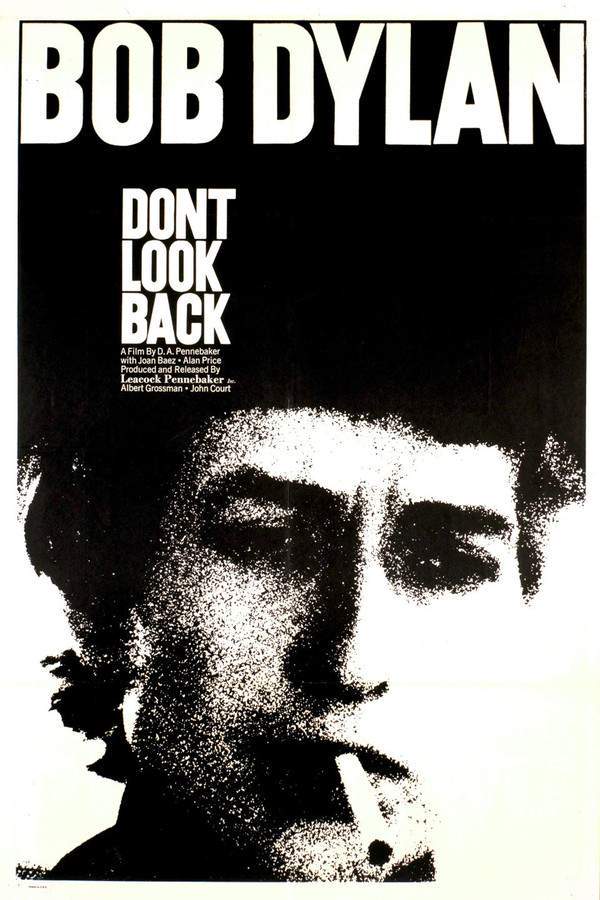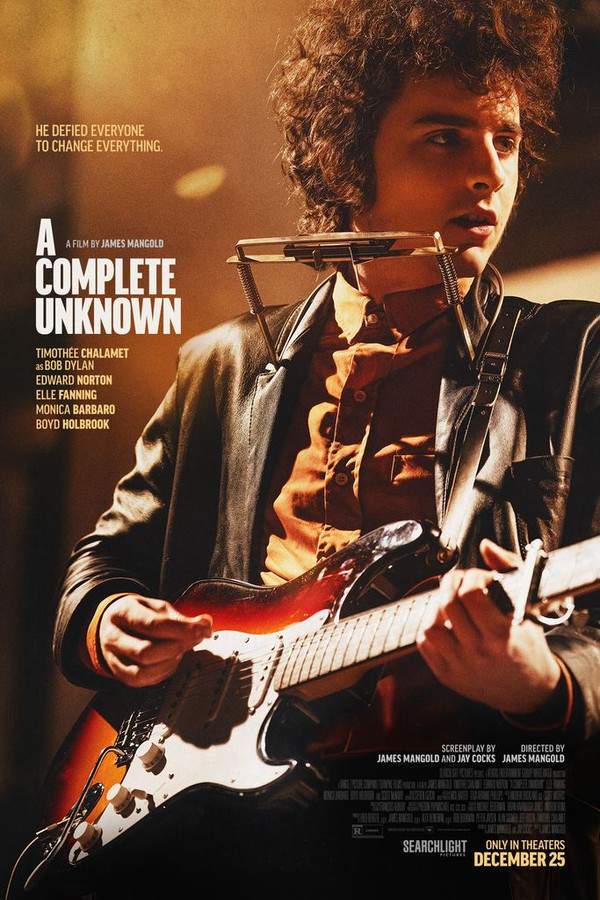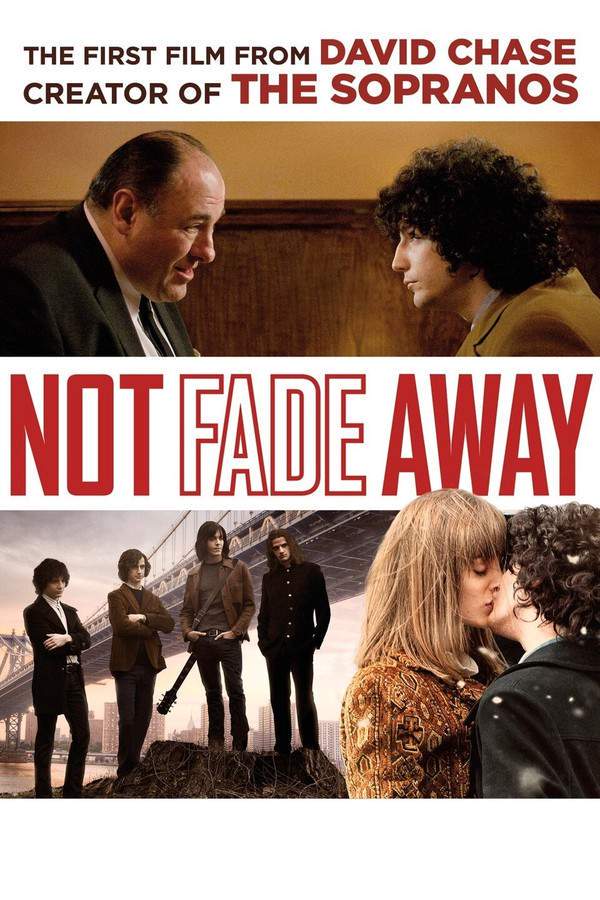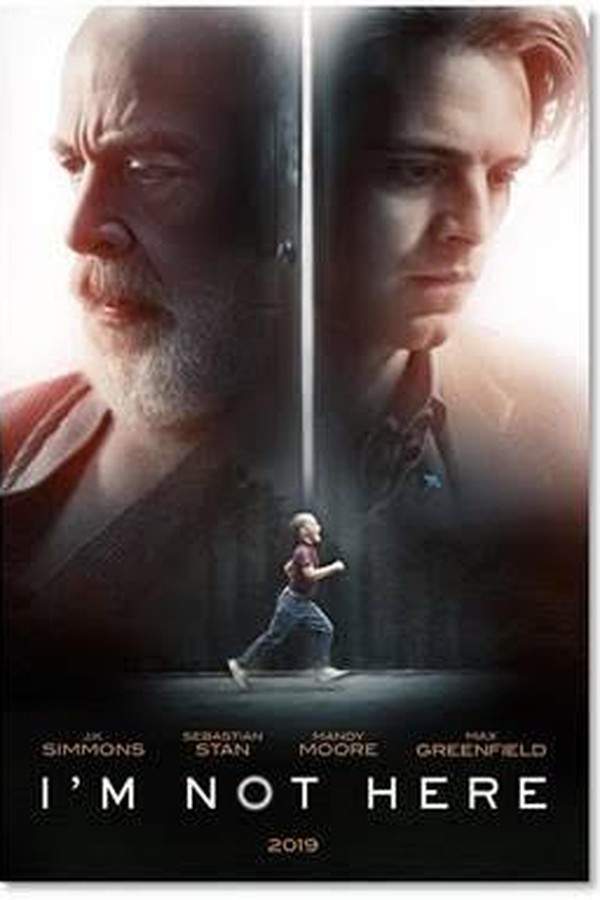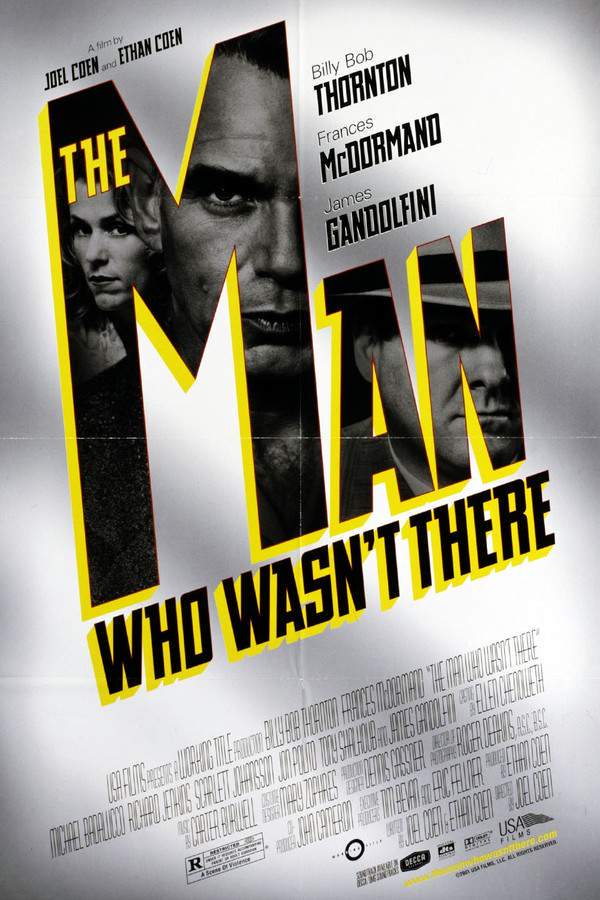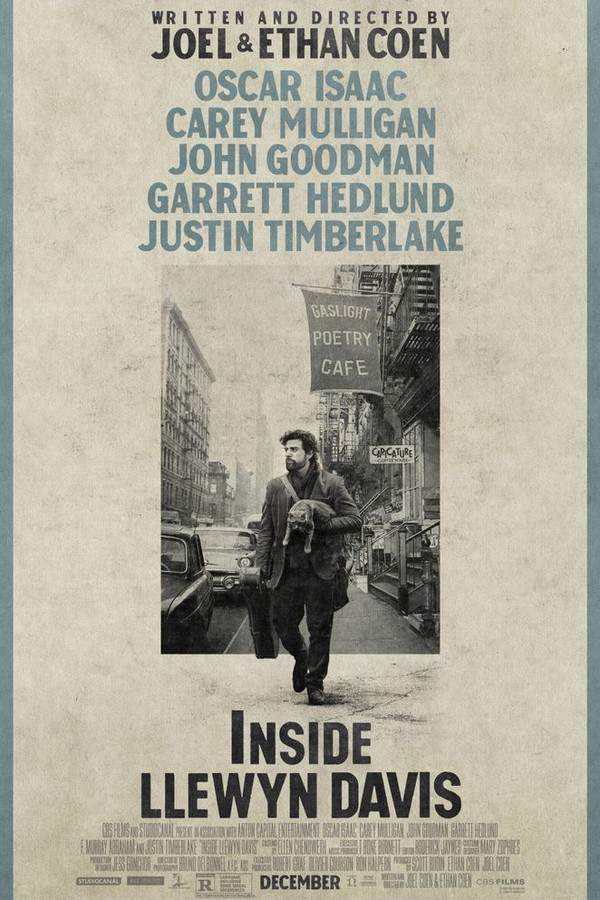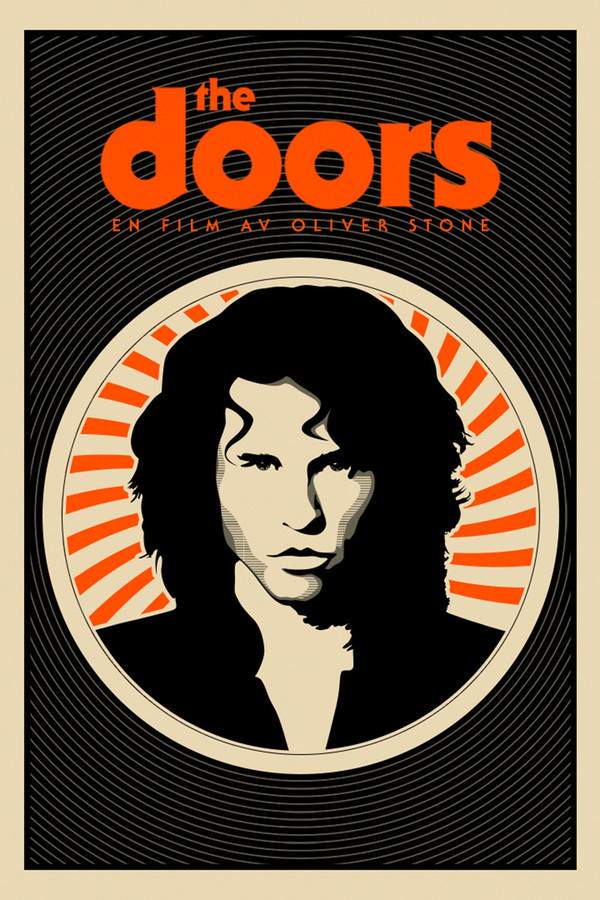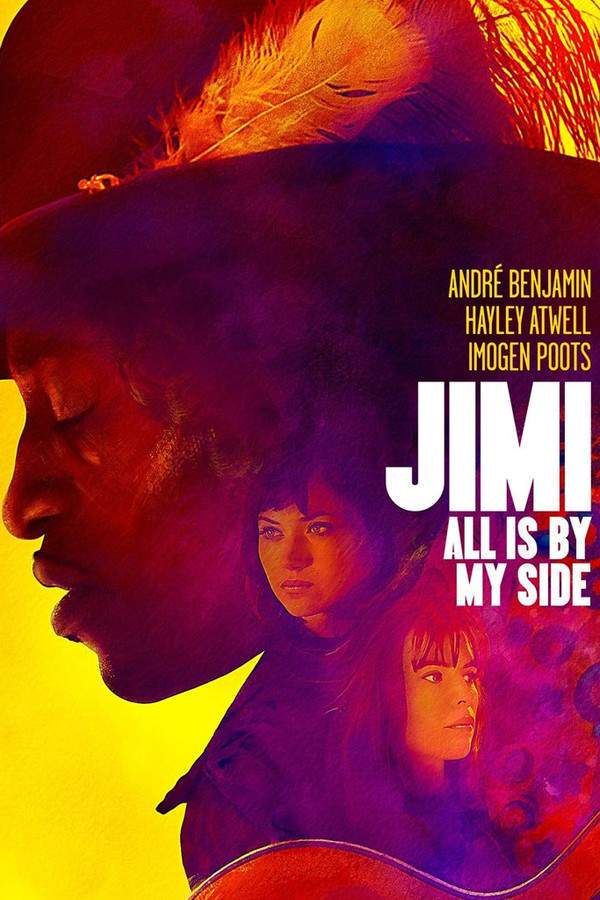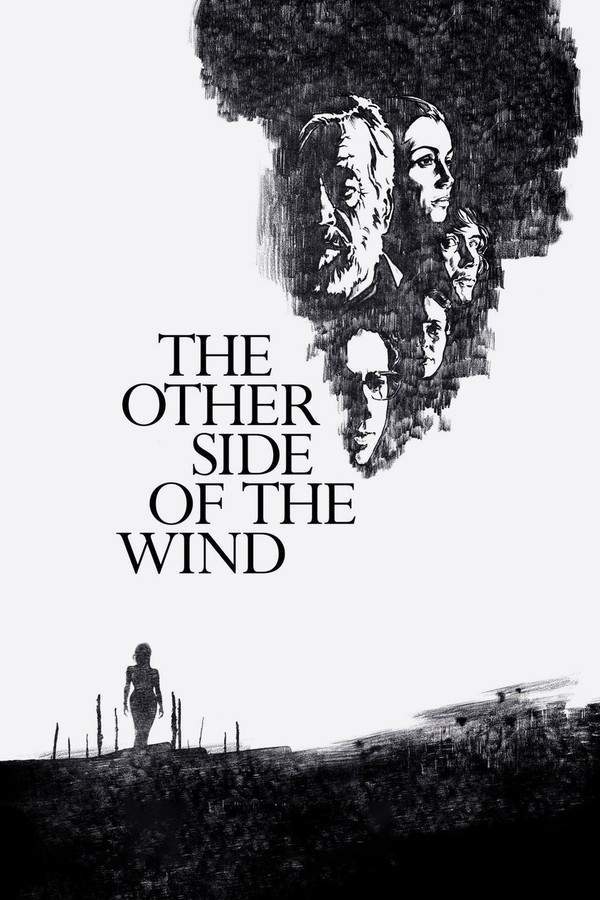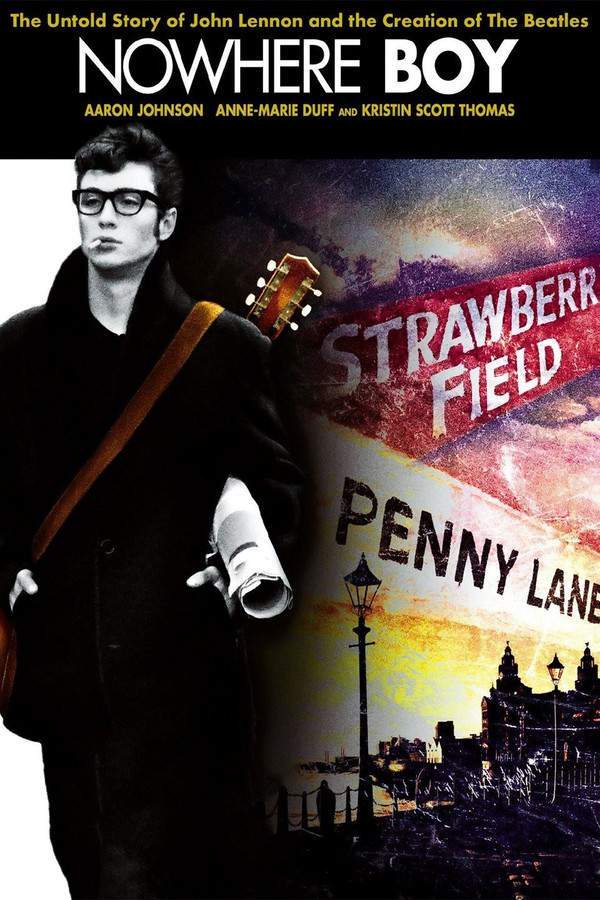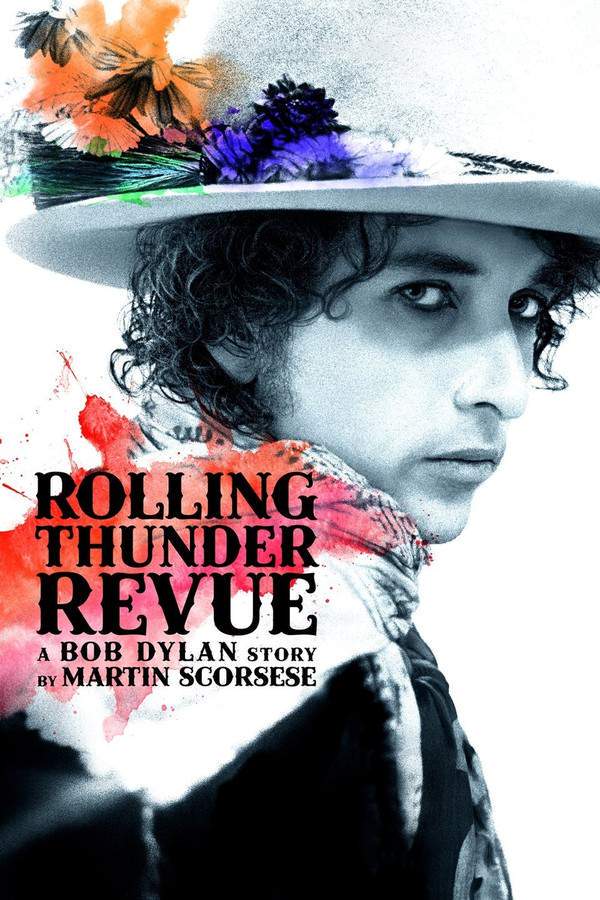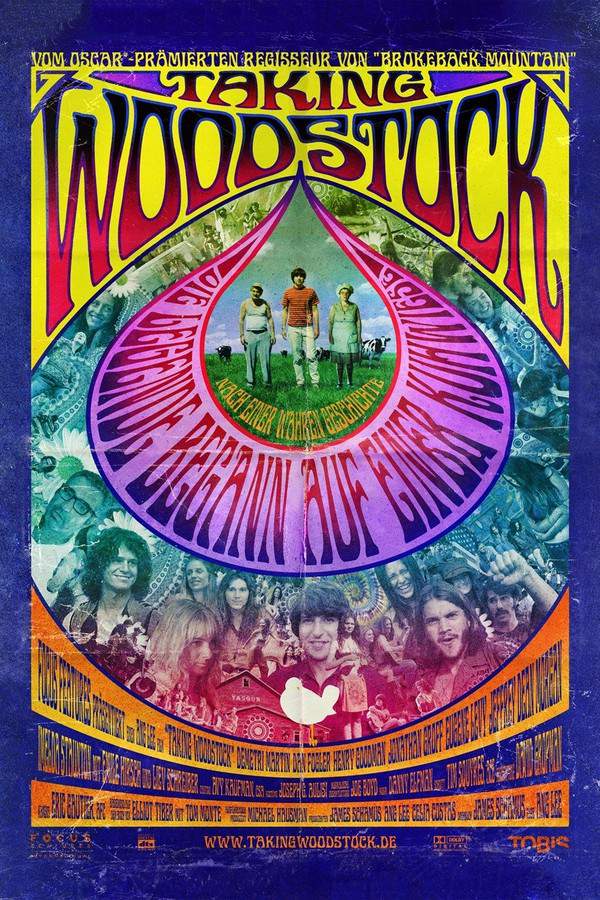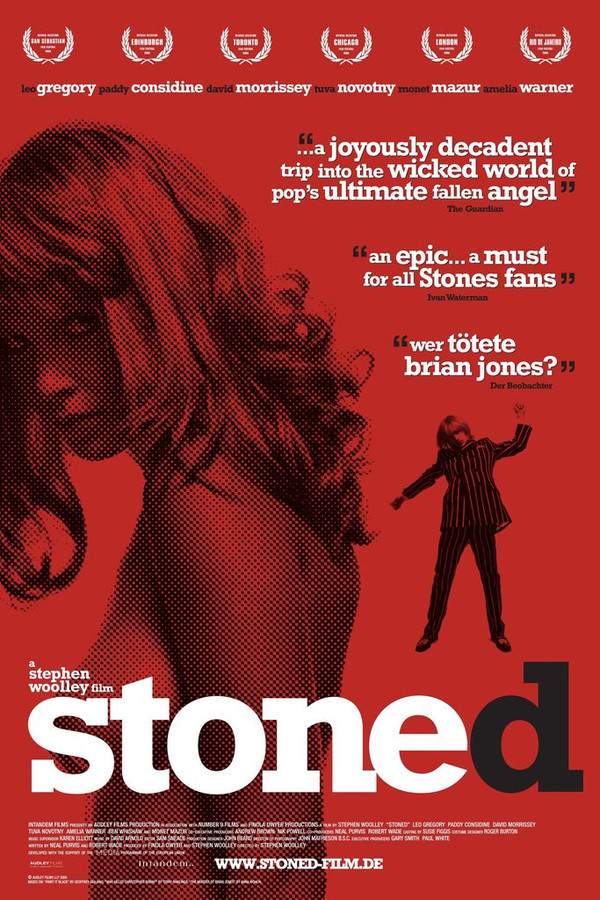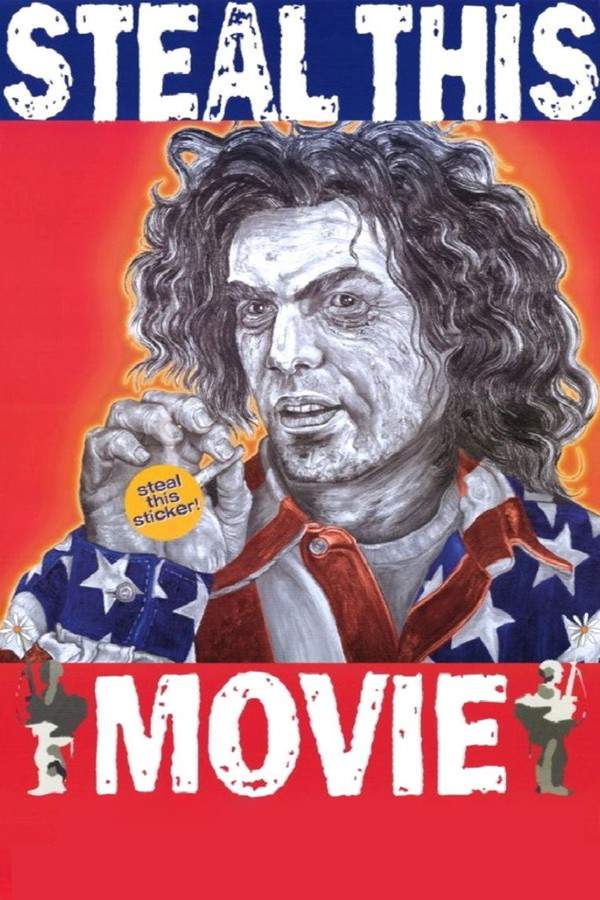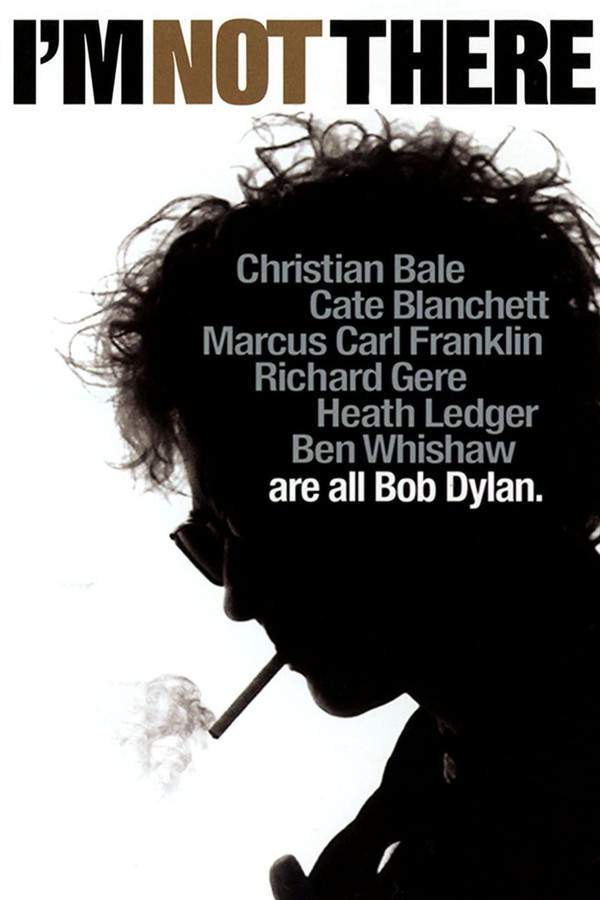
I'm Not There.
Year: 2007
Runtime: 135 min
Language: English
Director: Todd Haynes
A series of interconnected stories and characters explore the life and legacy of Bob Dylan, offering a fragmented and unconventional portrait of the iconic musician. Through various actors portraying different facets of his personality – poet, outlaw, and more – the film delves into the complexities of his artistry and the cultural impact of his music, reflecting a rebellious and transformative era.
Warning: spoilers below!
Haven’t seen I'm Not There. yet? This summary contains major spoilers. Bookmark the page, watch the movie, and come back for the full breakdown. If you're ready, scroll on and relive the story!
I'm Not There. (2007) – Full Plot Summary & Ending Explained
Read the complete plot breakdown of I'm Not There. (2007), including all key story events, major twists, and the ending explained in detail. Discover what really happened—and what it all means.
The film draws inspiration from the life and music of Bob Dylan, as noted in its credits. It begins with a gripping POV of a performer stepping onto the stage for a concert, only to swiftly shift to a motorcycle ride that ends in a crash, mirroring an event from Dylan’s life in 1966. The crash leaves us with Jude Quinn, portrayed by Cate Blanchett, who is later the subject of an autopsy.
The narrative travels back to 1959, where we meet a 12-year-old African-American boy named Woody Guthrie, played by Marcus Carl Franklin, who traverses the country as a hobo. Woody introduces himself to a couple of older hobos while carrying a guitar emblazoned with the phrase “This Machine Kills Fascists,” just like the actual Woody Guthrie. His journey unfolds with a recounting of his life story, which includes a failed circus performance and a heartwarming connection with an African American family who shelter him. During dinner, the matriarch profoundly advises Woody to, > “Live your own time child, sing about your own time.” Later, as Woody continues his travels, he’s confronted by thieves on a freight train but narrowly escapes, plummeting into a river. He briefly envisions a mystical underwater woman before being rescued by a white couple who take him in. However, their kindness is interrupted when they are contacted by a juvenile correction center seeking Woody, leading him to leave once again in search of his idol, the real Woody Guthrie, whom he visits in a hospital.
Interwoven in the narrative is an artist named Arthur Rimbaud, portrayed by Ben Whishaw, who claims to be named after the French poet admired by Dylan. Set against the backdrop of Dylan’s emergence in the 1960s, Arthur serves as a reflective narrator, recounting the facets of the different personas portrayed throughout the film.
The story then touches on Jack Rollins, played by Christian Bale, illustrating a version of Dylan during his folk era. As Jack rises to fame in Greenwich Village, his character is fleshed out through the accounts of friends and acquaintances, notably Alice, based on Joan Baez. After a fateful civil rights event post-JFK’s assassination, Jack spirals into disillusionment, calling his own songs “finger-point songs” and ultimately distancing himself from folk music.
The dramatization of Jack’s journey continues with Robbie Clark, a character played by Heath Ledger, who encapsulates the troubles of relationships against the backdrop of his burgeoning career. His romance with Claire, depicted by Charlotte Gainsbourg, reflects the complexities of love marred by ambition and artistic pursuits. As Robbie’s professional life eclipses his marriage, Claire faces her own disillusionment with Robbie’s increasingly toxic behavior. The poignant moments in their relationship show their attempts to mend their bond, culminating in court, where they negotiate custody of their children.
As we return to Jude Quinn, performing at the Newport Folk Music Festival, he experiences a tumultuous transformation from a protest singer to a perceived sell-out, met with hostility from fans. His international tour leads him to England, where he struggles with the chaos of fame, drug use, and the disintegrating remnants of his personal relationships. Brought to a head during an emotionally charged performance of “Ballad of a Thin Man,” Jude grapples with his identity, ultimately revealing profound truths about himself as the layers peel away to expose a troubled past.
The narrative weaves through time, and we confront Billy played by Richard Gere, reflecting on his past under the weight of memory and loss. The film’s final moments capture Billy’s melancholic journey intertwined with Dylan’s legacy, as he struggles to find his own path amidst the chaos of life and external pressures. His closing words encapsulate the essence of change and the multifaceted nature of identity, leading to poignant reflections on freedom and self-discovery.
As the tale concludes, we glimpse clips of Bob Dylan, a fitting tribute to the man who inspired this intricate tapestry of art and life, leaving viewers with the echoes of his harmonica fading away into silence.
Last Updated: November 04, 2024 at 02:03
Unlock the Full Story of I'm Not There.
Don't stop at just watching — explore I'm Not There. in full detail. From the complete plot summary and scene-by-scene timeline to character breakdowns, thematic analysis, and a deep dive into the ending — every page helps you truly understand what I'm Not There. is all about. Plus, discover what's next after the movie.
I'm Not There. Timeline
Track the full timeline of I'm Not There. with every major event arranged chronologically. Perfect for decoding non-linear storytelling, flashbacks, or parallel narratives with a clear scene-by-scene breakdown.

Characters, Settings & Themes in I'm Not There.
Discover the characters, locations, and core themes that shape I'm Not There.. Get insights into symbolic elements, setting significance, and deeper narrative meaning — ideal for thematic analysis and movie breakdowns.

Similar Movies to I'm Not There.
Discover movies like I'm Not There. that share similar genres, themes, and storytelling elements. Whether you’re drawn to the atmosphere, character arcs, or plot structure, these curated recommendations will help you explore more films you’ll love.
Explore More About Movie I'm Not There.
I'm Not There. (2007) Scene-by-Scene Movie Timeline
I'm Not There. (2007) Movie Characters, Themes & Settings
I'm Not There. (2007) Spoiler-Free Summary & Key Flow
Movies Like I'm Not There. – Similar Titles You’ll Enjoy
Bob Dylan: Dont Look Back (1967) Full Movie Breakdown
A Complete Unknown (2024) Full Summary & Key Details
I'm Still Here (2010) Movie Recap & Themes
Not Fade Away (2012) Plot Summary & Ending Explained
I'm Not Here (2019) Complete Plot Breakdown
The Man Who Wasn't There (2001) Complete Plot Breakdown
Inside Llewyn Davis (2013) Film Overview & Timeline
The Doors (1991) Film Overview & Timeline
Jimi: All Is by My Side (2014) Full Movie Breakdown
The Other Side of the Wind (2018) Detailed Story Recap
Nowhere Boy (2010) Full Movie Breakdown
Rolling Thunder Revue: A Bob Dylan Story by Martin Scorsese (2019) Film Overview & Timeline
Taking Woodstock (2009) Full Summary & Key Details
Stoned (2006) Movie Recap & Themes
Steal This Movie (2000) Full Summary & Key Details



